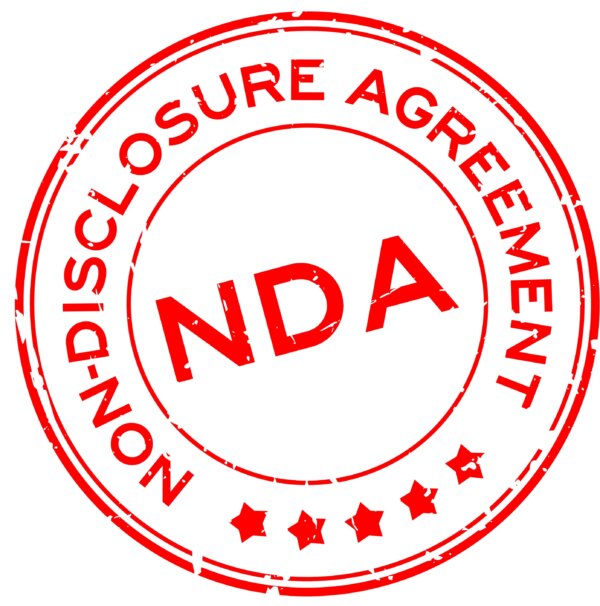So, you think you’ve come to an agreement with someone. You’ve had lots of discussions with them, back and forth emails and calls and you’ve noted some of the key points to the agreement down. But how do you know what terms form the agreement?
Agreements can be verbal or written. Time and time again, we have seen clients who either have no written agreement between them, or a tapestry of written agreements, strings of emails and accounts of calls which they claim to be the agreement.
The only problem is the records seem to contradict each other, and the parties are not in agreeance to the other side’s account of events or terms.
How can we prevent this? The answer is simple – you have a robust written agreement which includes all of the terms of the contract and an entire agreement clause.
Entire agreement clauses are crucial in contract law as they ensure that the written agreement represents the complete and final agreement between the parties.
They typically exclude any prior agreements, negotiations, or understandings that are not explicitly included in the written contract. This is particularly important because it prevents parties from introducing extrinsic evidence to alter, contradict, or add to the terms of the written agreement.
The primary purpose of an entire agreement clause is to provide certainty and clarity by confining the contractual relationship to the terms set out in the written document. This means that any pre-contractual statements or negotiations that are not included in the final contract cannot be used to claim additional terms.
Furthermore, entire agreement clauses help mitigate the risk of disputes over what was agreed upon during negotiations. By formally acknowledging that the written document contains the entire agreement, the clause makes it more challenging for parties to argue that there were additional, unwritten terms or promises.
It is possible to draft an entire agreement clause to include certain other documents or prior agreements, however this is generally not advisable since papers can contradict each other. It is often better to just start again with a new agreement.
In the event you do need to include other documents, make sure you insert both an entire agreement clause, confirming the other written agreement should be included, and a ‘priority clause’ / ‘order of precedence clause’. This is used to establish the hierarchy or order of priority among various documents or obligations, ensuring that certain documents or obligations take precedence over others in case of any conflict or inconsistency.
It is important to note that entire agreement clauses do not typically exclude liability for pre-contractual misrepresentations unless they are combined with non-reliance clauses. Non-reliance clauses specifically address the exclusion of liability for statements made before the contract was executed, which is a distinct but related function. A non-reliance clause should also be included in your agreement if you or your representatives may have made promises to the other side that you know are no longer captured in the written agreement.
In summary, entire agreement clauses are essential for ensuring that the written contract is the definitive source of the parties’ agreement, thereby providing legal certainty and reducing the potential for disputes over pre-contractual negotiations and statements

